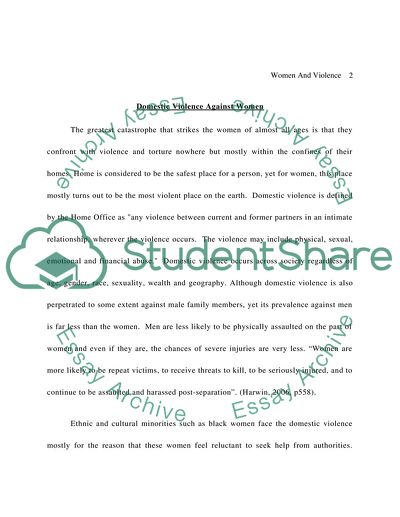Cite this document
(“Gender and Violence Against Women Essay Example | Topics and Well Written Essays - 3750 words”, n.d.)
Retrieved from https://studentshare.org/sociology/1537963-gender-and-violence-against-women
Retrieved from https://studentshare.org/sociology/1537963-gender-and-violence-against-women
(Gender and Violence Against Women Essay Example | Topics and Well Written Essays - 3750 Words)
https://studentshare.org/sociology/1537963-gender-and-violence-against-women.
https://studentshare.org/sociology/1537963-gender-and-violence-against-women.
“Gender and Violence Against Women Essay Example | Topics and Well Written Essays - 3750 Words”, n.d. https://studentshare.org/sociology/1537963-gender-and-violence-against-women.


